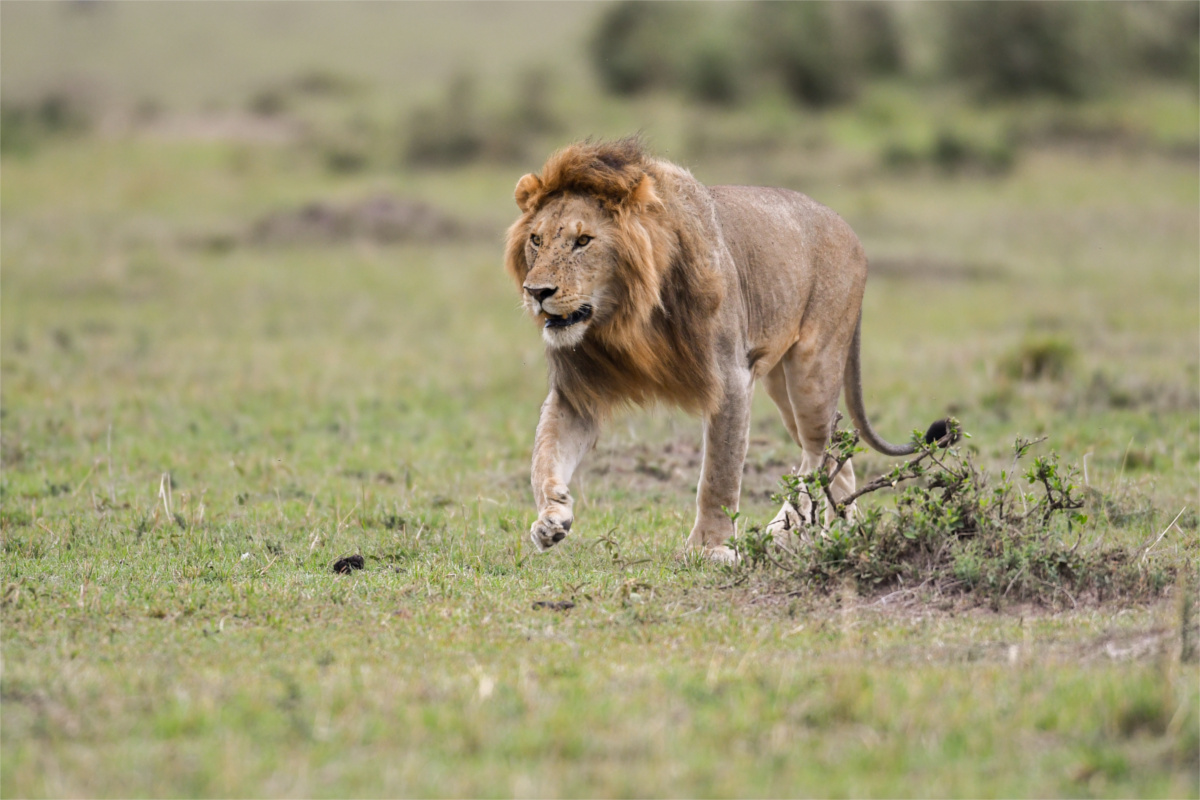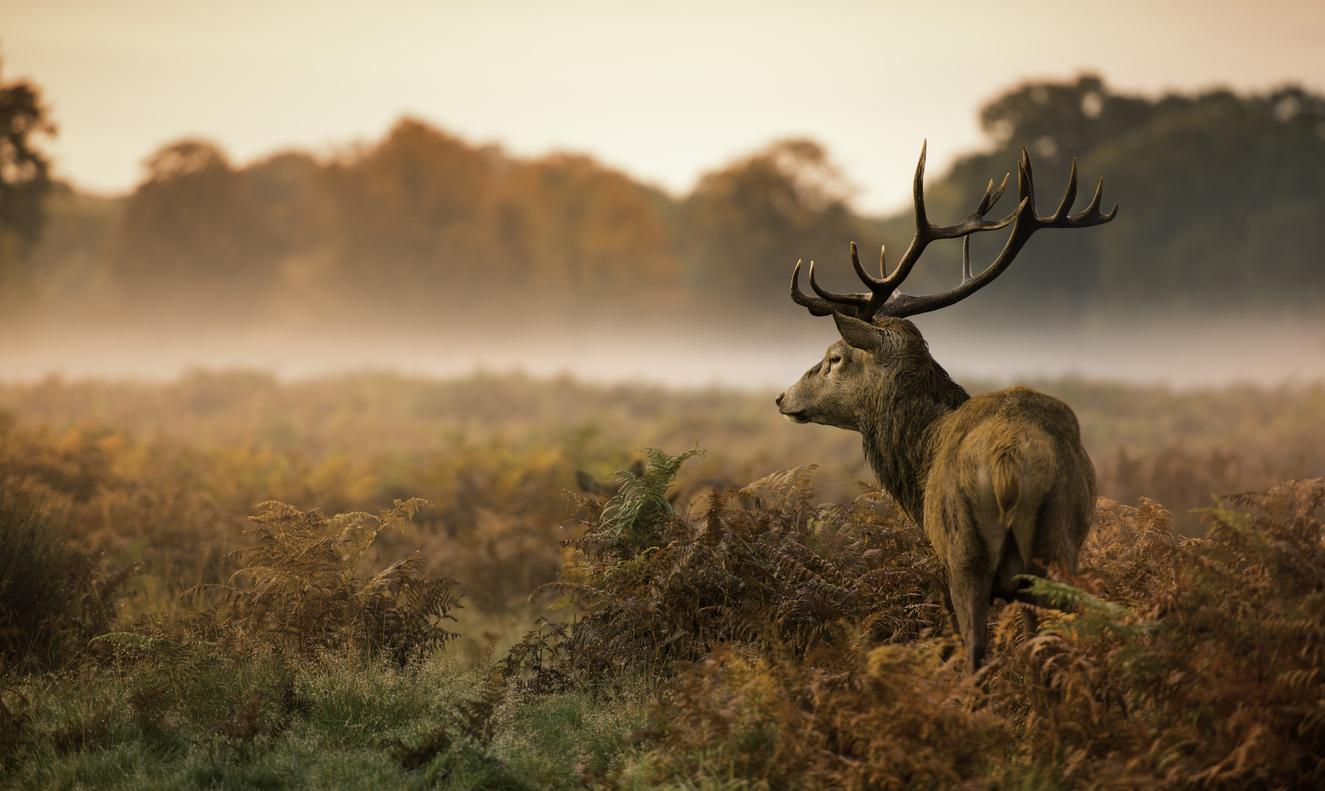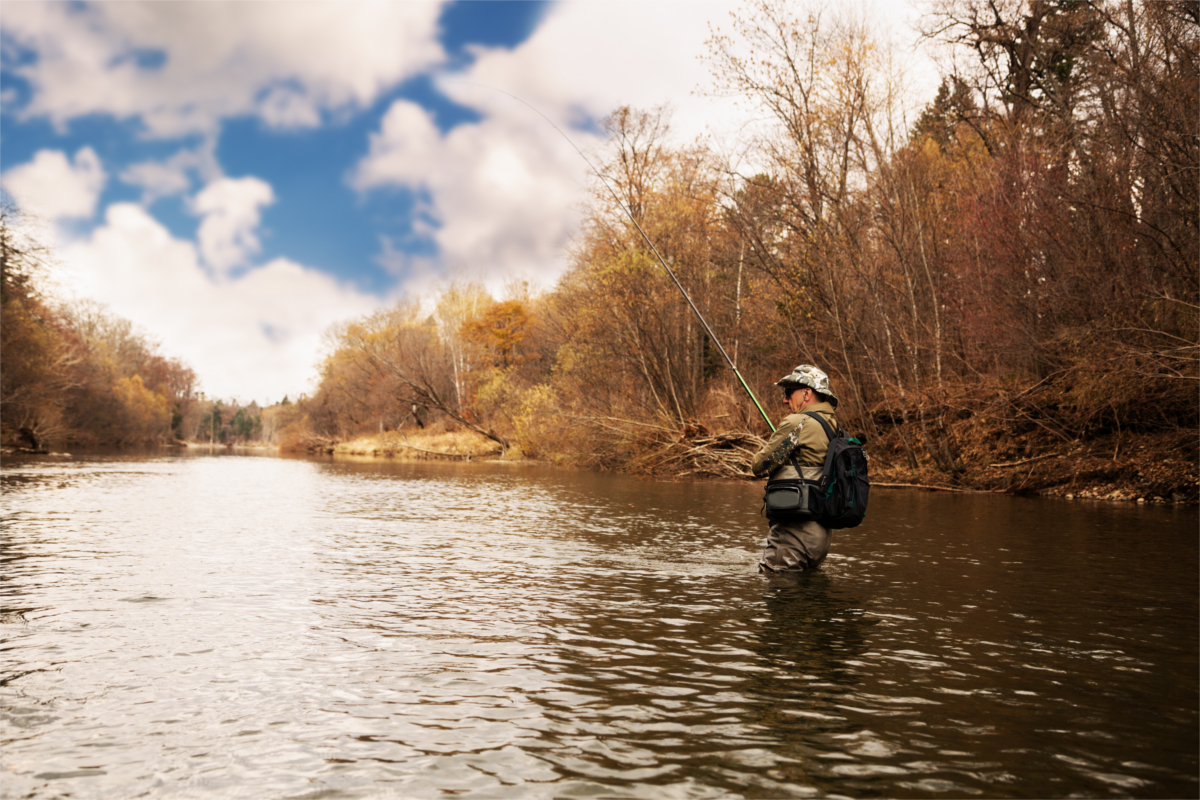The Watercraft By
Scott Lloyd
SCOTT LLOYD has a 6th sense
ability to find carp wherever
he goes and he explains how
to home in your watercraft
skills to help you catch more carp.
SCOTT LLOYD has a 6th sense ability to find carp wherever he goes and he explains how to home in your watercraft skills to help you catch more carp.
Before I start talking about watercraft, I think it is important to ask yourself what powers you. What gives you that drive when you are fishing? Is it big carp, old ones, scaly ones, lots of carp, or is it a case of just liking to relax. For me, it is rare and big carp. The idea of holding one in my arms makes me determined to push myself to the extremes in order to achieve that.
Once you know what it is that drives you, channel everything through that. With every thought process, think to the reason why you are there. Think like your prey, where would you be right now. Wonder what they are doing, think all the time where that carp is feeding, how big will she be, how dark will it look.
When you know what drives you, do your background research. For me, like I said, it is a particular carp, so I make all the effort to research any background information on that fish. Find out the times of year it gets caught, the areas it favours and even the way it gets caught can come in to play.
(Describe what makes you thick and channel everything through that.)
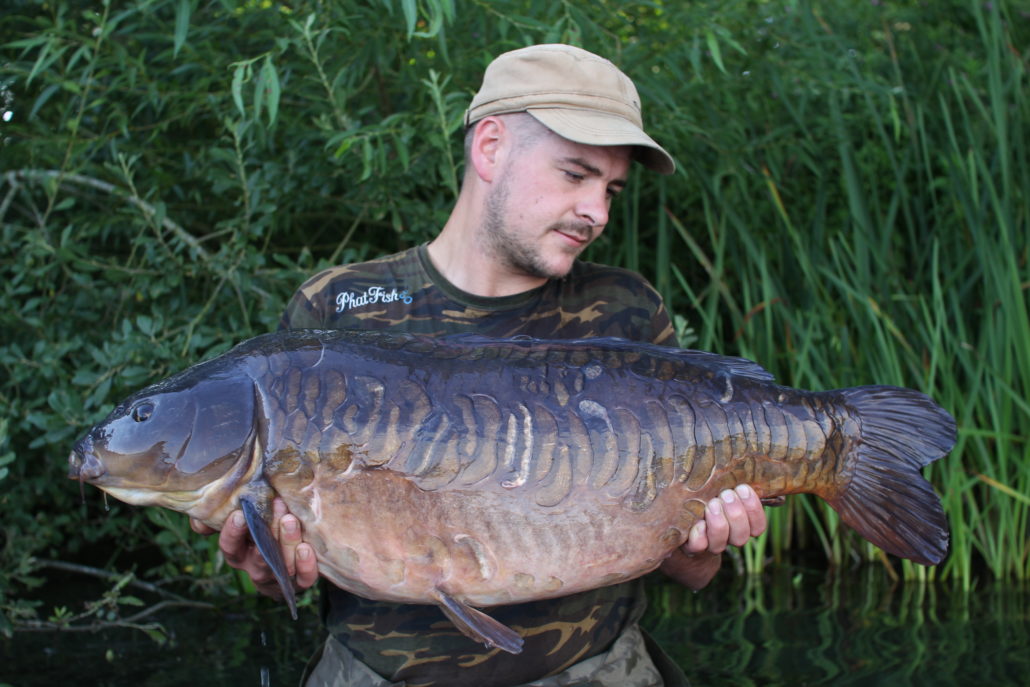
Work out what banks receive certain winds. Have a look on google maps at aerial views of the lake, which may reveal certain features such as bars and humps. Check the weather before you go but don’t let the weather dictate where you fish. Take it in to consideration and if it is a new wind then it will be worth checking out, but letting your eyes tell you where to go is vital.
If you can’t finish the fish, then weather will often give you a starting point. The birds will also give the game away a lot and quite often I rely on the bird movement to tell me where the carp are. Any erratic movement, screeching or panic, if they are not fighting it will quite often be carp underneath them.
The fish are not going to be jumping out the lake all the time to show you where they are. At this time of year especially, a lot of the activity will be at night, so picking your area without seeing carp may be vital and the birds will help you with this.
If the geese or the swans are taking off and landing all the time and it is flat calm, watch underneath the flight path as if there are fish undeath they will spook and cause a disturbance.
On the subject of birds, you may have noticed coots diving on your spot, when they pop up all startled. This is often carp and I think this has been written about a few times. One thing I would say though is that unless they are being a real nightmare, don’t grab the spare rod to cast at them and scare them off. I have noticed more and more recently from watching birds diving from a tree, the carp are never too far away. I think they like that disturbance and will often come to investigate.
They are living in harmony with each other and everything that lives in and around that lake is looking for food. I have watched carp feeding while the coots are diving and have certainly caught a few fish while it has been going on too. I am using rigs that will always re-set anyway, so if they do pick it up it will still be presented.
Something that people may be able to relate to is on park lakes where people throw bread. If there are carp present, how often are the carp feeding with the birds? They do, they are used to feeding with each other and although a sudden movement such as a big bird flying over them out of nowhere will startle them, when the birds are in the water it doesn’t scare the carp.
(Watch and study the birds, they will often tell you what the fish are doing.)
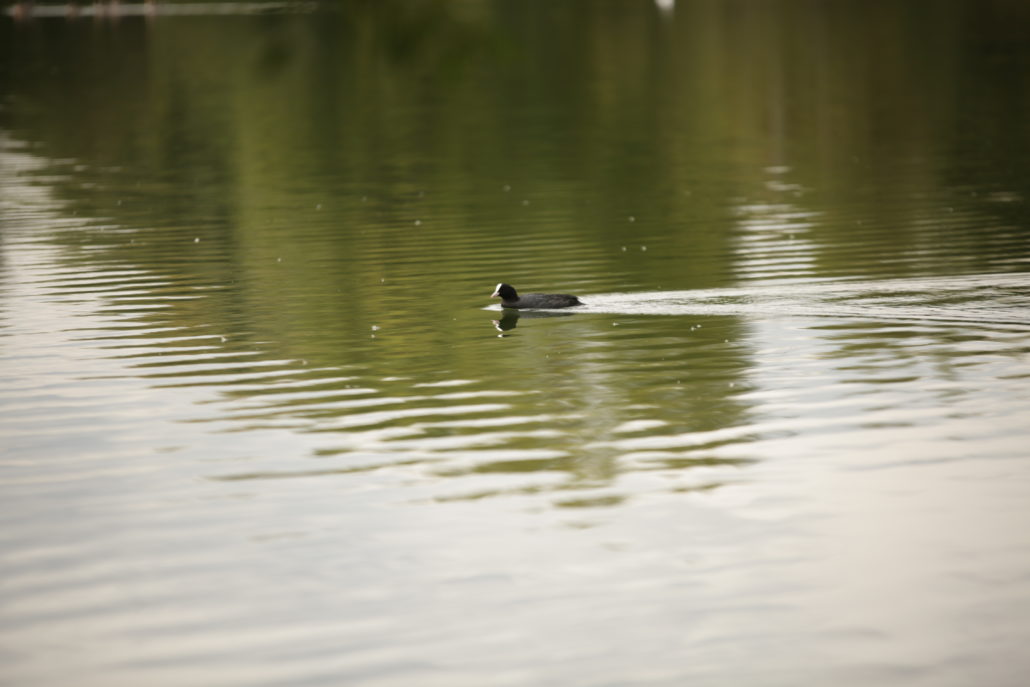
Watching the water and reading it is so important. If you are lucky enough to see fish showing, understanding the type of show is important too. I think that there are a few different ways the carp will show, and they will all tell me different things. First one is the classic head and shoulder, just gently lifting up through the water, getting to the gills and back down again. For me, this is a feeding show, cleaning out their gills while feeding in the silt. It is worth listening to the sound of this, as if they are doing it in the night, you want to know how they are feeding out there.
Another type is where they will roll, with a small sighting of a head and flick of a tail. I think that these are up in the water shows, so maybe fishing zigs is worthwhile if they are feeding on something like a hatch.
The other one is when they are leaping out randomly all over the place and I call these happy shows. It may be a pack of fish moving on a fresh wind and they are just happy to be there. I always note the type of show and relate it to the weather conditions, trying to build an understanding what they like to do depending on the conditions.
Angling pressure is also key. If the lake is busy at one end and empty at the other, quite often the fish will be where the lines are not. Angling pressure plays a huge role in the carp’s movements, they don’t like being fished for so if you can find a quiet area, it will often hold carp.
Tree climbing is something that I also do a lot. I know not everyone can do it and you have to be safe while doing so, but it is such an edge. Not for just looking for fish, but also for finding spots. I can see where the fish are feeding, as new areas will pop-up and they can be really close in.
(Always looking for fish and study what they do in certain conditions.)
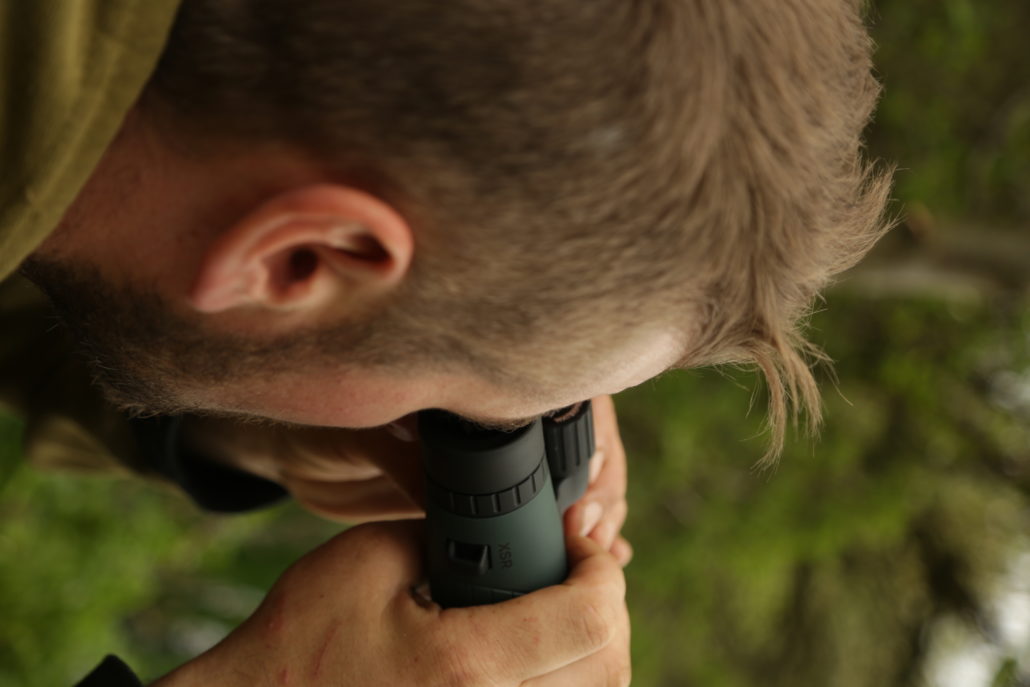
If you can’t finish the fish, then weather will often give you a starting point. The birds will also give the game away a lot and quite often I rely on the bird movement to tell me where the carp are. Any erratic movement, screeching or panic, if they are not fighting it will quite often be carp underneath them.
It is also great for not seeing fish. What I mean by this is if I do a lap and don’t see a single carp within 40-yards of the bank, it is telling me that they are out in the pond. Equally, I might only see two or three in one area and nothing elsewhere, which tells me that they are probably all down this end but hanging out a bit further out and drifting in.
I have my set trees that I will get up around the lake and I will mentally log each area. If I see the day after my initial look that one spot looks like it’s been slightly cleaned off, the fish are harvesting that area. They may have done it undetected in the night, but by seeing it from the tree and I have seen what they have done, and you can guarantee that they will be back.
Having these spots logged and especially visible, is great for trickling in a bit of bait. Just a lap round with a small bucket of bait, putting a handful on each area will get the fish used to picking up bait off the spot.
Don’t just go on your phone and what others have caught. If you fish like this, you may have a few good sessions a year but often you won’t get in the swim that you want, and you will fish with no confidence. Make things happen for yourself because when it does happen, the feeling is ten times more exhilarating.
(I use my phone to watch for weather changes as a back up plan)
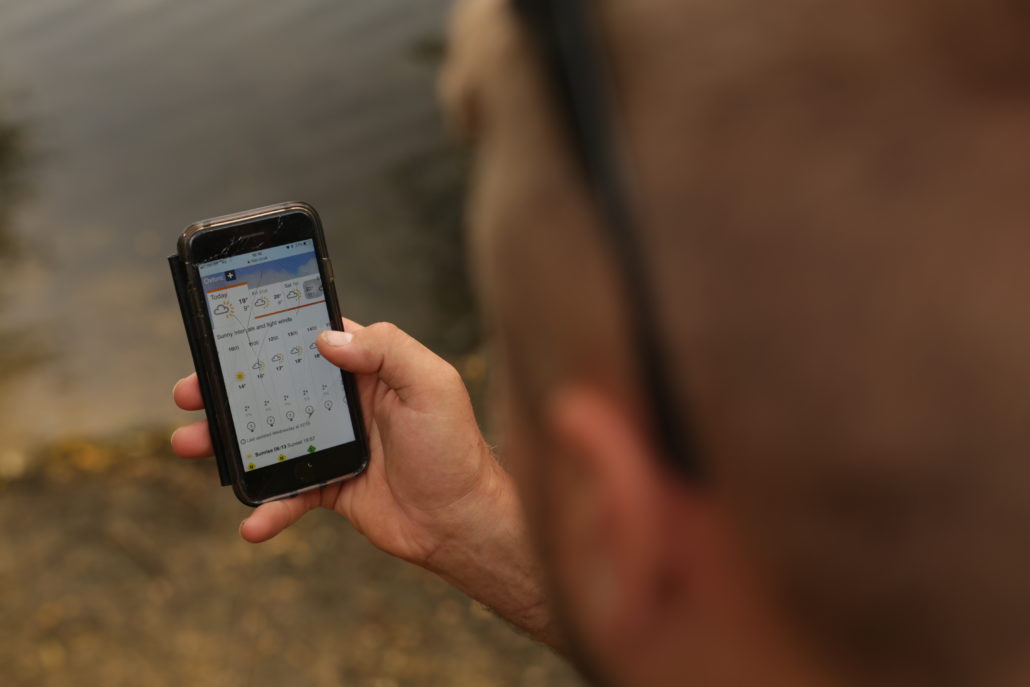
I like to have things on the go somewhere, which is great to fall back on. Having some bait on areas is important, especially if I don’t find any carp and the conditions favour an area that I have been baiting, it can be a good starting point. I like to bait two areas, which are spots that fish like to get in different conditions.
At this time of year, I reduce the number of particles and up the level of Krill boilies. The fish are looking for that added nutrition and boilies are prefect for this.
The feeding and show times will vary throughout the year and when the fish are awake, so am I. At this time of year, quite often the feeding times are during the hours of darkness. There is something about creeping around at night, listening to them showing away while everyone is asleep.
I am not just listening for shows, I am also paying attention to the birds too. If a carp does show, quite often the coots will freak out and squawk. They go in to panic mode and if you didn’t hear the fish, go check out the area for ripples to see if a fish did show near the panicked coot.
Just because they are feeding somewhere in the night, it doesn’t mean you have to move there and then. Keep it noted and move the following night. One thing I always do is when I find fish feeding or showing at bight or in the morning is to leave them to it and sort the rods out when they have finished.
I like to get myself in the area and when they chill out and move off, I get the leading rod out and find a spot. I am looking for the silty gravel, where the gravel has been polished and the silt is being fed on around it. I want my lead to land in the silt and the rig on the gravel ideally, just on the edge of the spot. From using a boat, I have worked out that this is what they really want and is a winner should you find it.
To find this kind of spot from the bank, use a 5oz lead on some braid, no marker float and try to find the gravel. Once you have done this, work either side of it to find the edge, where it doesn’t rattle on the tip so much. Once you have done this, fish the rigs on either side of the spot.
I get everything clipped up and my bait out there and I am confident that the fish will return. You won’t have spooked them as they often mooch off after they have had a feed and it can be a real edge. The only reasons for them not returning would be a drastic change in the weather conditions or angling pressure.
(A reliable mix of bait that will contain more boilies at this time of year.)
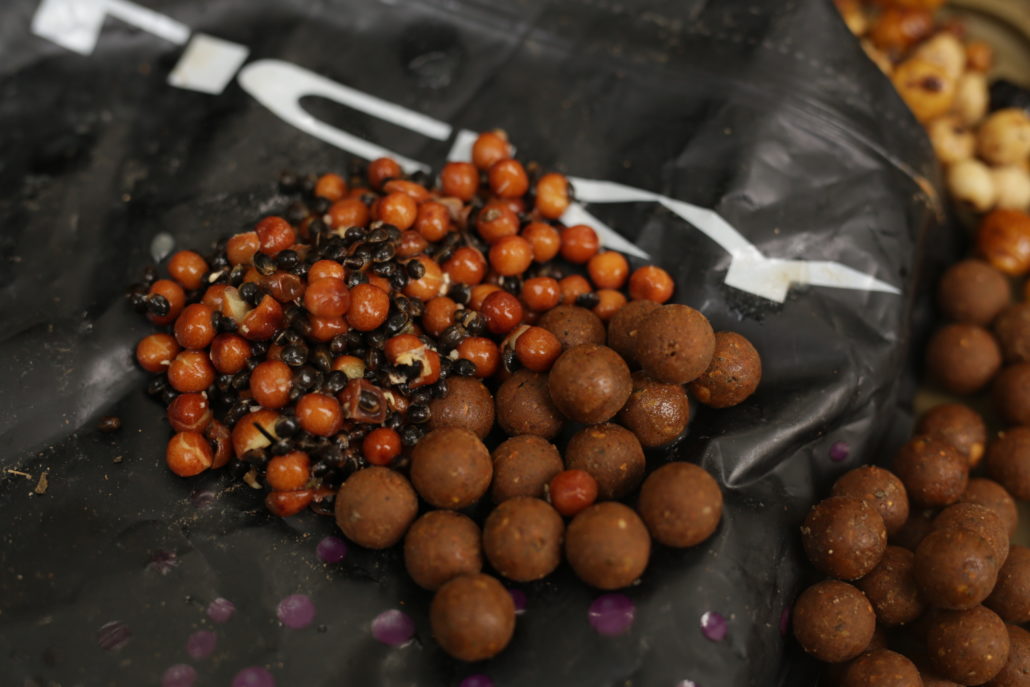
When I am watching the water, I am always looking and focussing on the far bank. Some people just look at their spot, but by focusing on the far bank your eyes will clock anything from you to that. You won’t miss and trick and this is what is important, picking up and logging every sighting or movement.
Having a pair of binoculars to hand is also great, especially if you think you can make out bubbles or you want to really watch closely what the birds are doing. You might want to see what they are picking up off your spot. If they have been picking up boilies for an hour and you only put 100 baits out, you will need to top the spot up.
(Effort and observation will give you the results you desire.) 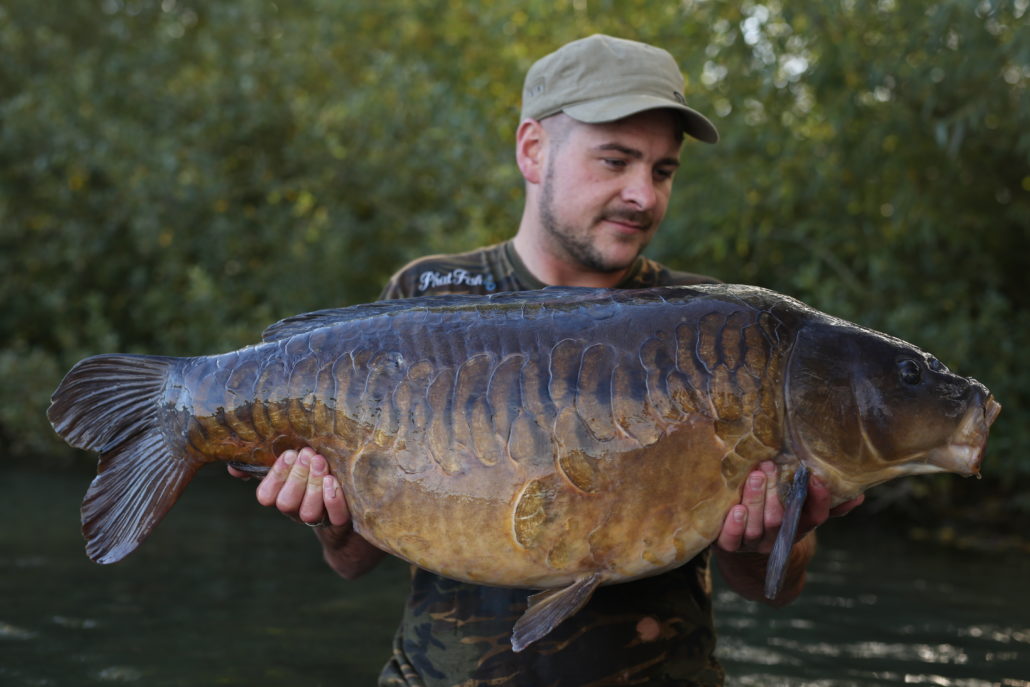
(…Continue reading in the next article “”)


